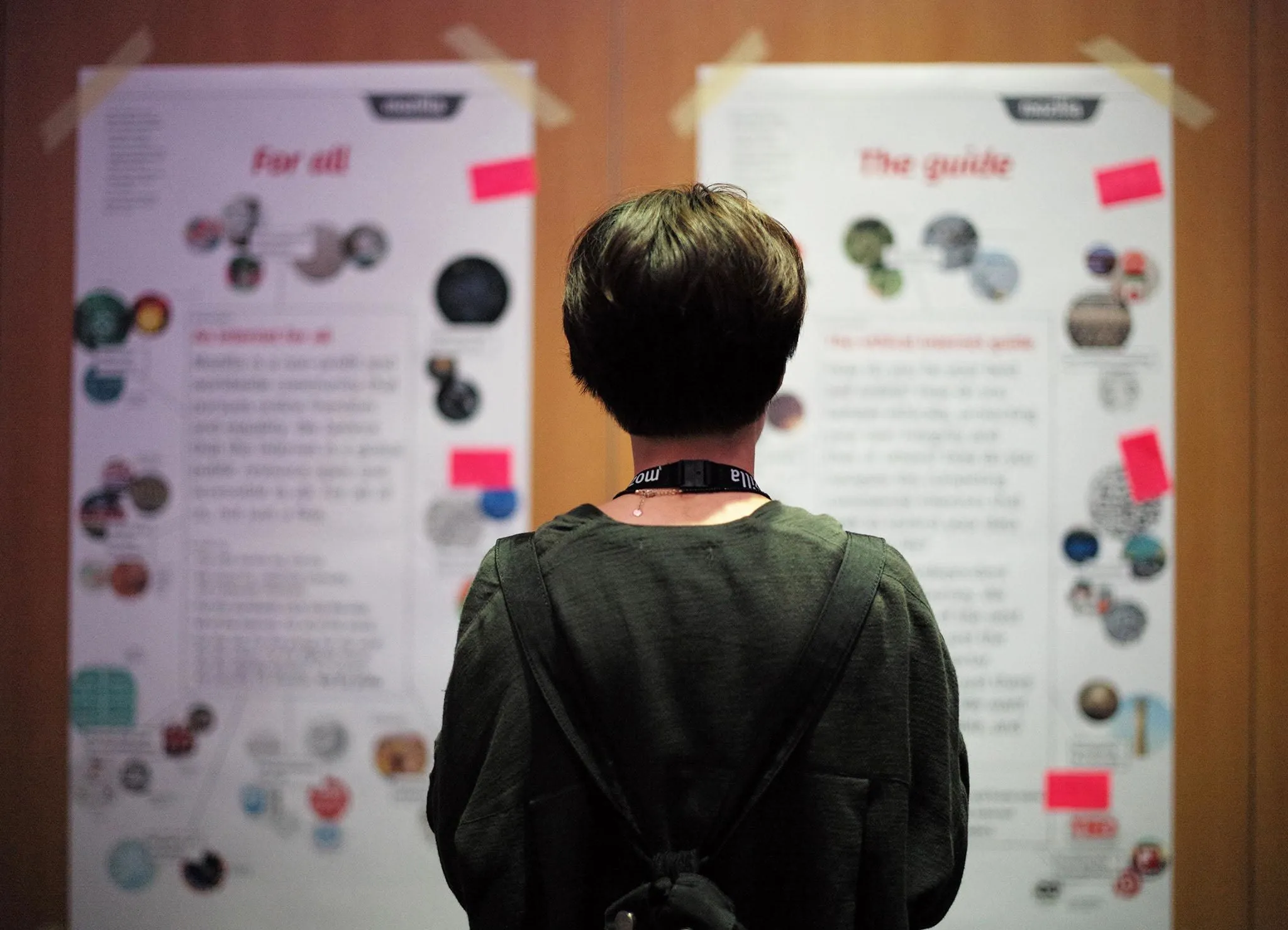WORDS
WORDS
WORDS
William Tilbrook
William Tilbrook
William Tilbrook
pHOTOS
pHOTOS
pHOTOS
Nike/Apple
Nike/Apple
Nike/Apple
dATE
dATE
dATE
15th August 2024
15th August 2024
15th August 2024
An Inauthentic World: How Brands Shape Culture and Redefine Authenticity
An Inauthentic World: How Brands Shape Culture and Redefine Authenticity
An Inauthentic World: How Brands Shape Culture and Redefine Authenticity
Branding is everywhere—it’s not just about products anymore. It’s about the stories we buy into, the feelings we attach to, and the identities we create. In this branded world, authenticity has become something we try to sell, even though it’s supposed to be the one thing money can’t buy.
The Evolution of Branding
What used to be a simple economic tool—a way to mark products and make them stand out—has now taken over culture. Campaigns like Obama’s “Hope” in 2008 or Trump’s “Make America Great Again” in 2016 weren’t just political—they were brands, built on emotions and cultural moments.
Today, brands like Apple or Lush don’t just sell products; they sell an experience. Saying “I’m a Mac user” isn’t just about owning a computer—it’s about how you see yourself. Walking into Lush is more than shopping; it’s the smells, the colors, and the values they represent
Branding is everywhere—it’s not just about products anymore. It’s about the stories we buy into, the feelings we attach to, and the identities we create. In this branded world, authenticity has become something we try to sell, even though it’s supposed to be the one thing money can’t buy.
The Evolution of Branding
What used to be a simple economic tool—a way to mark products and make them stand out—has now taken over culture. Campaigns like Obama’s “Hope” in 2008 or Trump’s “Make America Great Again” in 2016 weren’t just political—they were brands, built on emotions and cultural moments.
Today, brands like Apple or Lush don’t just sell products; they sell an experience. Saying “I’m a Mac user” isn’t just about owning a computer—it’s about how you see yourself. Walking into Lush is more than shopping; it’s the smells, the colors, and the values they represent
Branding is everywhere—it’s not just about products anymore. It’s about the stories we buy into, the feelings we attach to, and the identities we create. In this branded world, authenticity has become something we try to sell, even though it’s supposed to be the one thing money can’t buy.
The Evolution of Branding
What used to be a simple economic tool—a way to mark products and make them stand out—has now taken over culture. Campaigns like Obama’s “Hope” in 2008 or Trump’s “Make America Great Again” in 2016 weren’t just political—they were brands, built on emotions and cultural moments.
Today, brands like Apple or Lush don’t just sell products; they sell an experience. Saying “I’m a Mac user” isn’t just about owning a computer—it’s about how you see yourself. Walking into Lush is more than shopping; it’s the smells, the colors, and the values they represent
"Brands have become part of how we live our lives, shaping everything from our habits to our values"
"Brands have become part of how we live our lives, shaping everything from our habits to our values"
"Brands have become part of how we live our lives, shaping everything from our habits to our values"
The Struggle for Authenticity
But here’s the paradox: brands want to feel authentic, but authenticity is supposed to be real, raw, and unpolished. It’s not something you can package and sell. Yet, that’s exactly what brands try to do. They focus on emotions, values, and stories—making us buy into a lifestyle, not just a product.
At the same time, consumers are more aware than ever. Some embrace brands as part of their identity, while others reject them entirely, seeing their choices as a way to push back against consumer culture.
The Struggle for Authenticity
But here’s the paradox: brands want to feel authentic, but authenticity is supposed to be real, raw, and unpolished. It’s not something you can package and sell. Yet, that’s exactly what brands try to do. They focus on emotions, values, and stories—making us buy into a lifestyle, not just a product.
At the same time, consumers are more aware than ever. Some embrace brands as part of their identity, while others reject them entirely, seeing their choices as a way to push back against consumer culture.
The Struggle for Authenticity
But here’s the paradox: brands want to feel authentic, but authenticity is supposed to be real, raw, and unpolished. It’s not something you can package and sell. Yet, that’s exactly what brands try to do. They focus on emotions, values, and stories—making us buy into a lifestyle, not just a product.
At the same time, consumers are more aware than ever. Some embrace brands as part of their identity, while others reject them entirely, seeing their choices as a way to push back against consumer culture.





